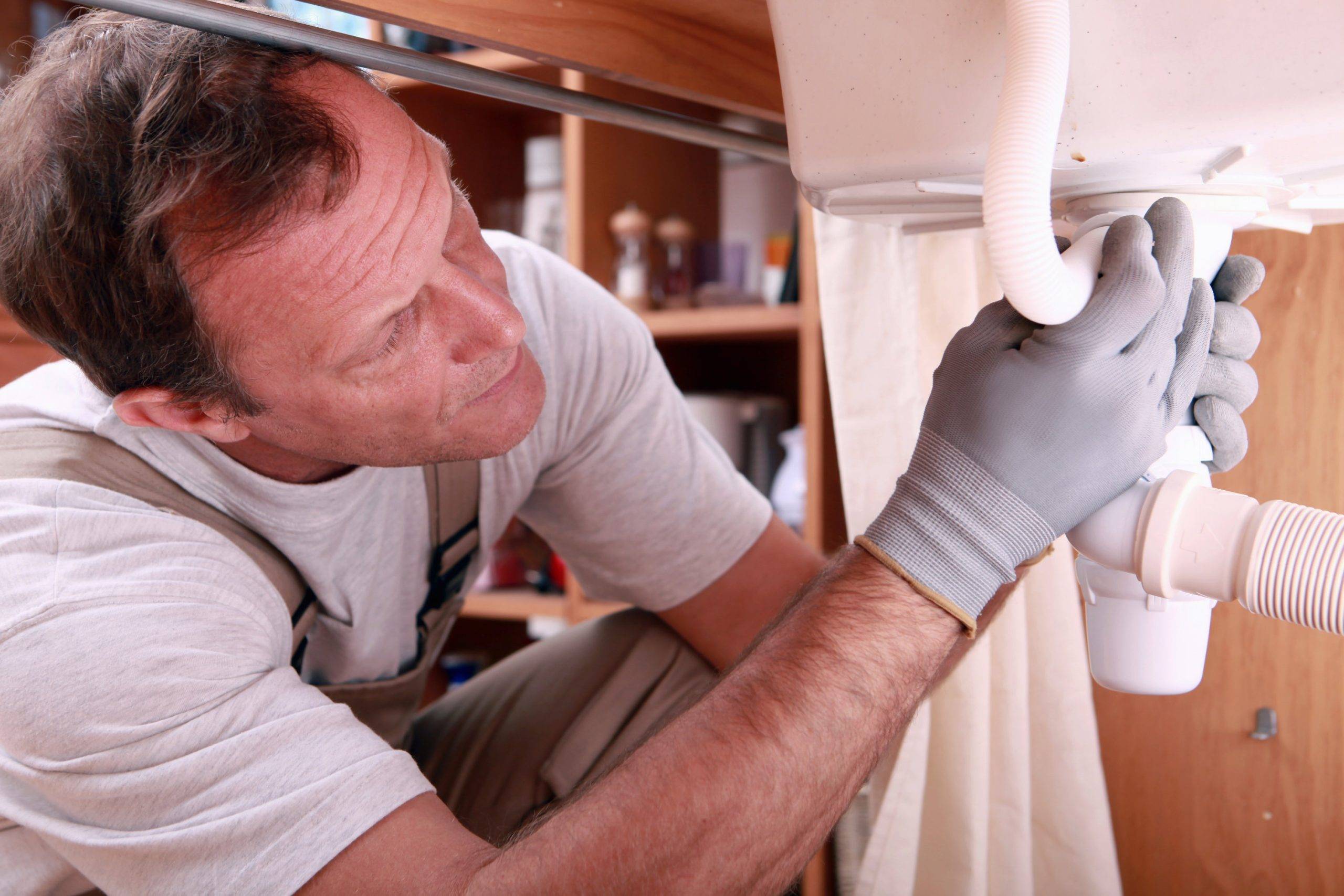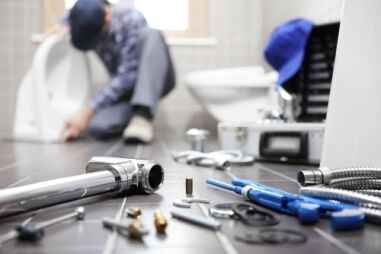What are your thoughts and feelings on 10 Common Rental Property Repairs?

Taking care of plumbing problems in rental properties effectively is critical for maintaining lessee complete satisfaction and maintaining the property's value. Whether you're a proprietor or a residential or commercial property supervisor, recognizing how to deal with these usual troubles can save you time and money while making sure conformity with lawful responsibilities. Here's a step-by-step overview on just how to handle plumbing problems in rental buildings.
Document Everything
Keep comprehensive documents of all reported pipes concerns and the activities required to settle them. Documentation should include dates, descriptions of the issue, communication with occupants, and invoices from specialists or plumbing professionals. This information can be essential for insurance coverage claims, tax deductions, and legal protection.
Use Qualified Professionals
Always use licensed and insured professionals for significant plumbing repairs and installments. This ensures that the job depends on code and can aid prevent obligation problems in case of accidents or further damages. It additionally guarantees occupants that repair services are being managed expertly.
Establish Clear Communication
Urge occupants to report any type of plumbing issues as quickly as they take place. Supply several communication channels such as phone, email, or a lessee site to make it very easy for them to connect. Trigger responses to these records can stop minor issues from escalating right into significant problems.
Educate Occupants
Inform your tenants concerning what comprises a plumbing emergency situation and what does not. Supply guidelines on how to manage minor concerns themselves, such as using a bettor to unclog a commode. Likewise, inform them concerning what they ought to avoid taking down drains to stop blockages, such as oil, coffee grounds, and non-biodegradable items.
Routine Maintenance
Apply a routine upkeep routine for all pipes systems in your leasing properties. Normal checks can assist recognize and solve issues like leakages, slow drains, or rusty pipes prior to they become severe. Consider working with a professional plumbing technician to inspect the buildings yearly or semi-annually.
Quick Feedback to Emergencies
Have a plan in position for responding to pipes emergencies. This must consist of having the contact info of reliable plumbing solutions that supply 24/7 emergency repair services. Quick activity is essential to lessen damages in situations like burst pipes or extreme leakages.
Preventive Upgrades
Consider upgrading older pipes systems and components to much more contemporary, reliable models. This can decrease the frequency and intensity of pipes concerns and lower long-term maintenance expenses. It's additionally a marketing factor for potential renters who value upgrades and contemporary attributes.
Lessee Move-Out Inspections
Conduct thorough plumbing checks during move-out evaluations to make certain that any issues are identified and dealt with before a new occupant relocate. This stops disagreements with brand-new lessees over pre-existing problems and makes certain the property is in leading problem.
Understand Lawful Duties
Recognize your lawful duties pertaining to pipes and basic building upkeep. The majority of territories call for property managers to guarantee their residential properties are habitable and that all plumbing systems are in good working order. Failing to resolve severe problems immediately can result in legal actions from tenants.
Lessee Repayments
If a pipes issue requires prompt focus and the tenant solves the concern by themselves, have a clear policy in place for compensating prices. Guarantee tenants understand they should obtain previous authorization for higher-cost repairs unless it's an absolute emergency.
Verdict
Handling pipes problems in rental homes requires an aggressive approach and good interaction with renters. By remaining on top of upkeep, reacting quickly to emergencies, and utilizing competent specialists, property managers can keep their buildings in exceptional condition and maintain excellent relationships with lessees.
How to Handle Water Damage in a Rental Property
What is Water Damage?
Water damage is harm or destruction caused by water entering areas where it is not supposed to be. It can be caused by a variety of sources and can manifest in different ways. The most common examples of water damage include:
Leaking roof Plumbing leaks Appliance malfunctions Poor drainage Flooding Sewage backup Condensation Tenant negligence HVAC system issues Frozen pipes Is water damage dangerous?
Water damage itself is not inherently dangerous, but it can lead to various hazards and health risks if not promptly and properly addressed. The severity of these risks depends on the extent of the water damage, the source of the water, and how quickly it is mitigated.
Some potential dangers associated with water damage include structural damage, mold and bacterial growth, electrical hazards, water contamination, and pest infestations. In situations where mold and mildew have gone unaddressed, mold can start to develop within 24-48 hours of water exposure, and this can impose a serious health risk to tenants. In particular, mold spores and damp conditions can lead to respiratory issues and even make existing health problems worse, such as allergies, asthma, or immune disorders.
Water Damage in an Apartment - Who is Responsible?
If the water damage is caused by the tenant’s negligence, the tenant is responsible for the cost of repairs. If the water damage is caused by a defect in the property, the landlord is responsible for the cost of repairs. If the water damage is a result of natural causes, such as excessive rain, then the landlord is responsible, since the water intrusion likely occurred due to a defect in the property. Landlord Responsibility water damage in rental property
Since maintaining habitability is the landlord’s legal responsibility, landlords are responsible for any resulting structural damage caused by water damage. These structural damages may include damage to walls, roofs, ceilings, and flooring. If water damage has affected the rental property’s original structure, the landlord is responsible for repairing or replacing those materials. Therefore, landlords should have property insurance that covers the structural components of their rental property so that they can receive help with the costs of covered events.
Preventative measures can also help landlords avoid massive renovations. Preventative maintenance may include conducting regular inspections to identify and address potential water damage before it becomes a major and urgent problem.
If a landlord fails to meet their responsibilities regarding water damage, it can lead to legal disputes and potential liability. Tenants who believe their landlord is not addressing water damage issues in accordance with California law can seek legal advice or contact local housing authorities for assistance.
https://www.goodlifemgmt.com/blog/water-damage-in-a-rental-property/

As a keen person who reads on Who is responsible for plumbing maintenance, I was thinking sharing that piece of content was essential. Do you know about another individual who is sincerely interested in the subject? Please feel free to share it. Thanks for your time. Please come by our site back soon.